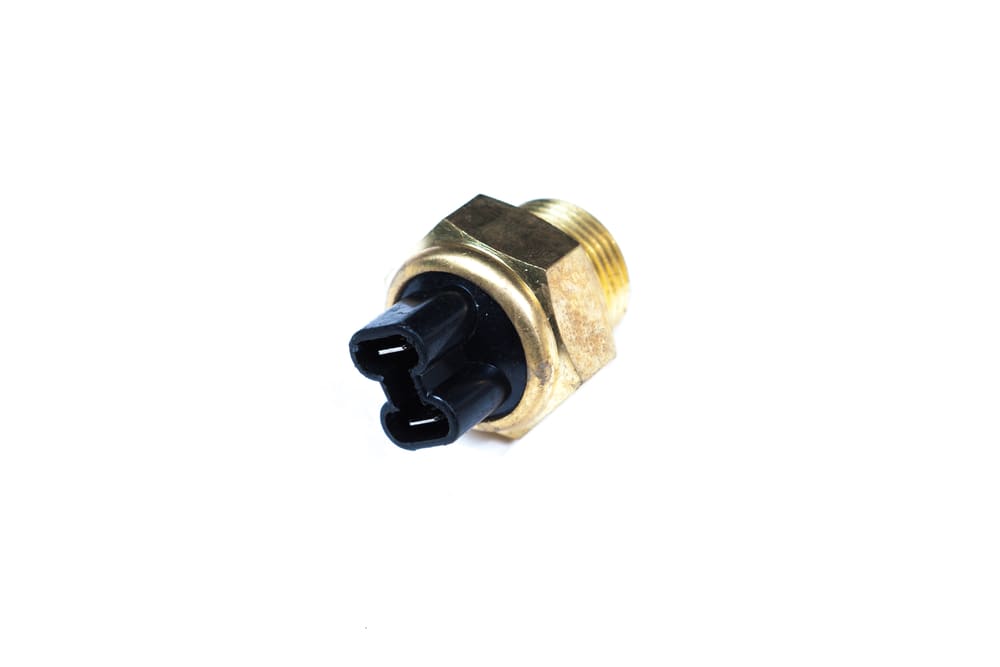

Sensors for autos have many of the same characteristics that other types of sensors do – they are created to detect a signal, respond to chemical or physical variations such as distance or temperature. These signals are then converted into electrical signals which are used to make a decision or a state change in moving parts.
Vehicles use a variety of sensors to help the driver make decisions. There are sensors whose primary responsibility is to assist the driver in parking their vehicle, while MAP sensors help control fuel metering and are found within the internal combustion engine control system. Extreme driving conditions mean that automotive sensors need to be exceptionally durable in order to maintain operations within acceptable parameters. Vehicle sensors are generally specific to the type of vehicle that you’re driving, so be sure you’re purchasing sensors that will work on your car.
Here are precautions to note when purchasing sensors:
Parking sensors Parking sensors were created in the 1990s to assist drivers to park their vehicles in tight spaces. Ultrasonic transducers are fitted into the rear end of the vehicle, and create a signal that measures the distance between the obstacle and the rear of the vehicle. Warning sounds are emitted once the vehicle gets too close – getting louder the closer the obstacle becomes.
MAP sensors: MAP sensors, or manifold absolute pressure sensors, are used to provide information in a vehicle with a fuel-injected engine about the difference between the earth’s atmosphere and the air mass flow rate of the engine. The information that is fed from the sensor provides enough information that the control unit can decide what the air-fuel mix should be on an ongoing basis.
Automotive oxygen sensors: Automotive oxygen sensors are utilized in combustion engines in order to determine the correct air-fuel mix – and a faulty sensor could cause the mix to be either too lean or too rich. A rich ratio causes part of the fuel to remain unburned, while a lean mixture has too much oxygen and this can lead to reduced throughput and additional nitrogen-oxygen pollutants. These sensors are not meant to directly measure the air and fuel before they enter the system, but are part of the continuous feedback loop going back to the vehicle’s computers.
Tire-Pressure monitoring sensors: Tire-Pressure monitoring sensors do exactly what it sounds like they do. They keep track of the actual tire pressure of the vehicle on an ongoing basis, with an eye towards providing you vital information that can help keep you safe. When you know in advance that you have a tire that’s going flat, it can remind you to go a little slower until you can get to a service station to find out what’s wrong.
The wide range of different automotive sensors available are all important to vehicles in different ways.



